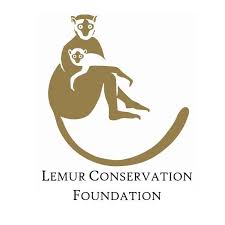MAROJEJY NATIONAL PARK
The Marojejy Massif
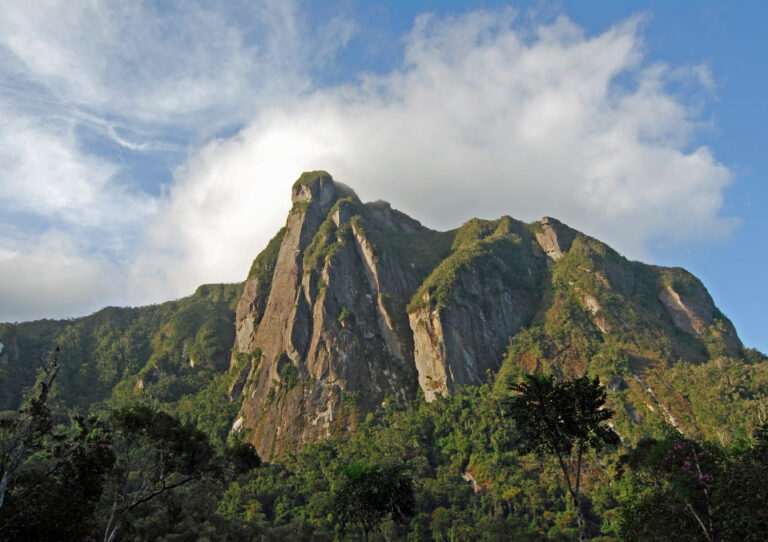
The “Marojejy protected area complex”, is one of the largest and least disturbed rainforest landscapes in Madagascar. Marojejy is 559 square kilometers and is located in the SAVA (Sambava- Antalaha – Vohémar – Andapa) region of Northeast madagascar around the Marojejy Massif, one of the tallest mountain ranges in Madagascar.
Astounding biodiversity







Due to its unique elevational range (75 – 2132m),Marojejy harbors enormous botanical diversity including 1302 plant species of which 84 are only found in Marojejy. Fauna are equally remarkable with 84 reptile species, the highest of any protected area in Madagascar. Also present are 119 bird species, 74 amphibian species, 21 species of tenrecs, and 11 lemur species including the Critically Endangered silky sifaka (Propithecus candidus).
Documented conservation challenges in the last two decades include selective logging for rosewood, ebony and other native hardwoods, swidden or slash-and-burn agriculture, bushmeat hunting, and movement of the park demarcation signs or “bournes”.
Marvel of nature

Marojejy was among the first protected areas in Madagascar, established in 1952 as a strict nature reserve or Reserve Naturelle Integrale (RNI), in 1998 was declared a national park. This change removed the restrictions which limited entry to research scientists only. As a national park, Marojejy is now open to all visitors.
In 2007 was declared part of the UNESCO World Heritage Site “Rainforest of the Atsinanana”in recognition of its unparalleled biodiversity and stunning landscapes.
How to visit Marojejy?
First time visitors are strongly suggested to work with a local tour operator who can arrange their ground transportation from Sambava, reserve bungalow beds in the park, prepare all food supplies, pay all park fees, and organize cooks, guides, and porters. Some of the most experienced local tour operators are:
Sambava has good air service from Antananarivo, Antsiranana (Diégo-Suarez), Toamasina (Tamatave), and Maroantsetra.
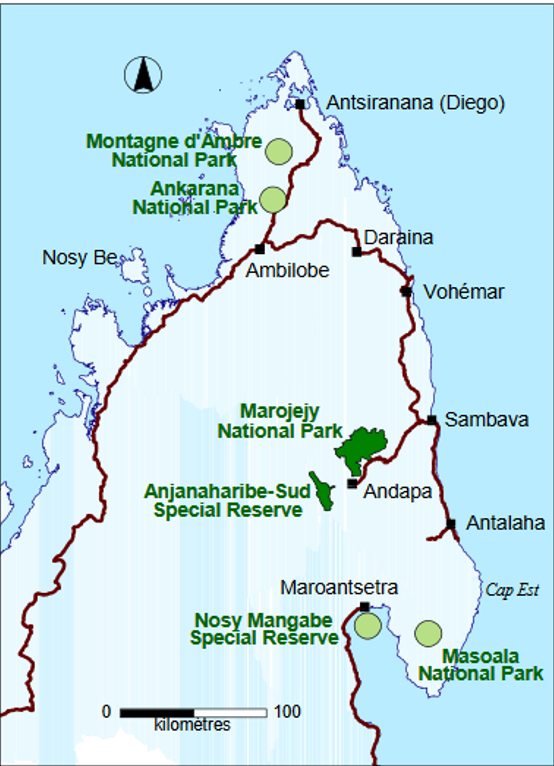
It is also possible for visitors to organize their own expeditions to Marojejy by traveling to the main Madagascar National Parks office in Andapa. or to the park information center in the village of Manantenina, 60km from Sambava on the road to Andapa, at this moment, this road is one of the best paved roads of all Madagascar.
Although this option is less expensive, it can be much more time consuming and complicated. Only local currency Ariary is accepted at these offices. All fees must be paid before entering the park. Here is a link to the latest Marojejy Visitor’s Fees. Most visitors to Marojejy work through a local tour operator.
Visiting Marojejy
Visits to Marojejy generally last 2 to 5 days though longer stays are possible. Bungalows at 3 different campsites up the mountain have comfortable beds for about 16 people per camp (though the highest elevation Camp Simpona only has 8 beds). Bungalow reservations are strongly suggested. Numerous tent sites are also found at each camp though visitors must bring their own camping materials. Most visitors stay in the bungalows.

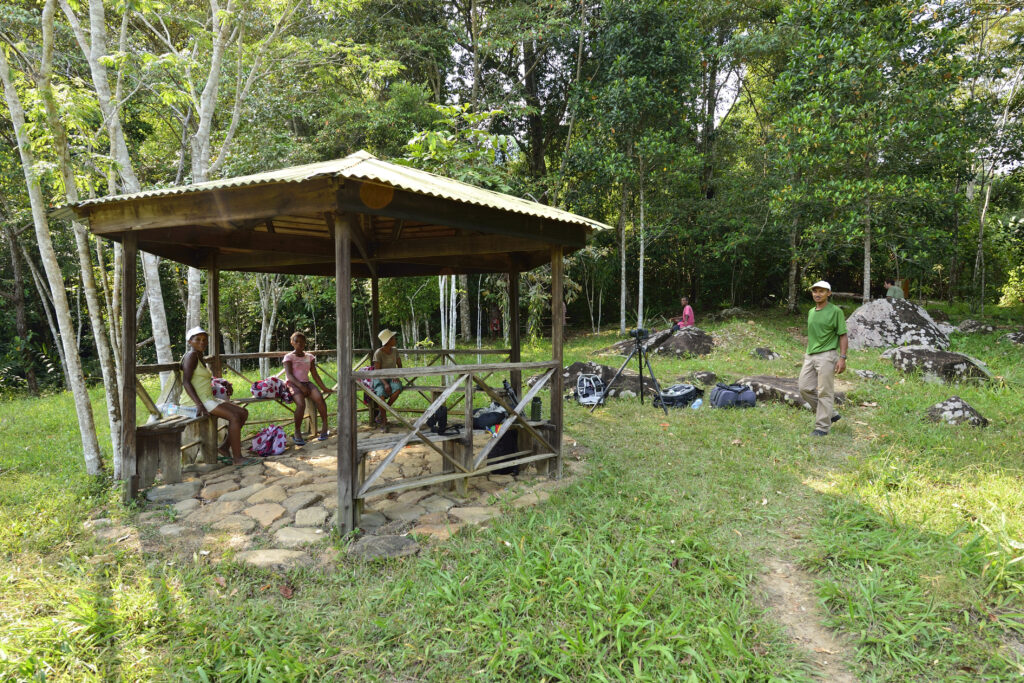
Mantella Trek
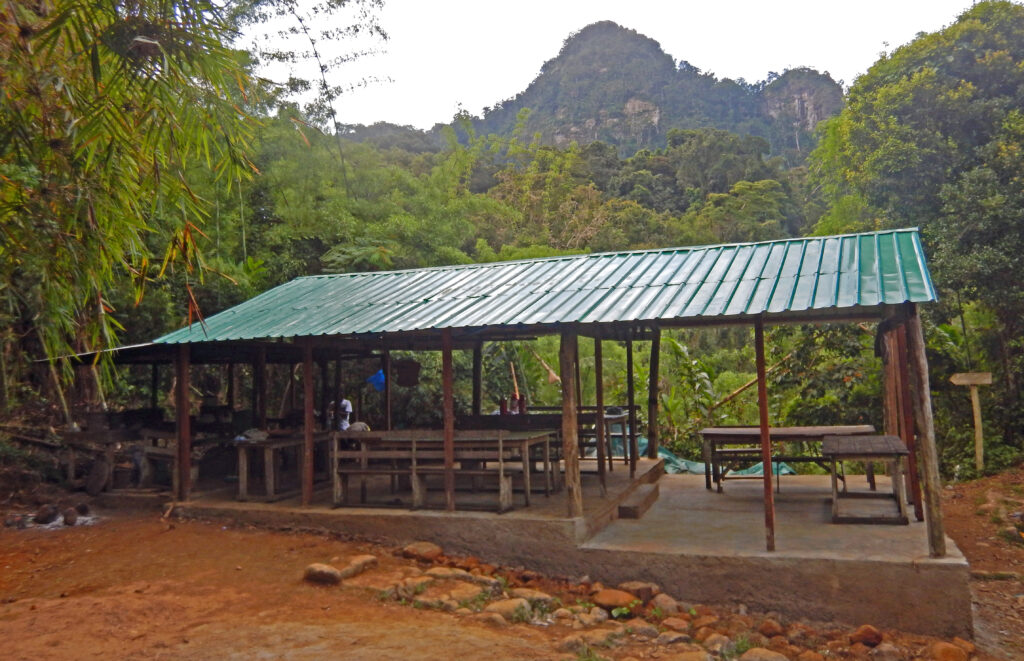
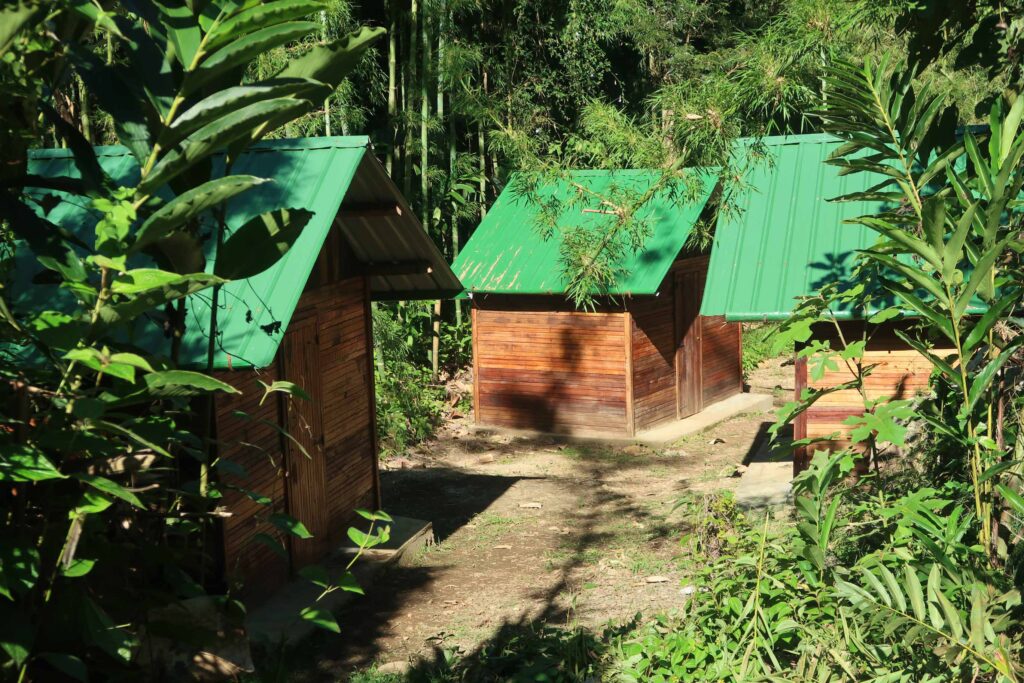
The Mantella Trek takes you to Camp Mantella, the first camp, about a four-hour hike from Manantenina. Camp Mantella (elevation 450 m [1475 ft]) lies within a large stand of bamboo inside lowland rainforest. Six new cabins furnished with beds, mattresses, and bedding have recently been renovated as well as new toilet and shower buildings. It also has a large sheltered eating area with an assortment of cooking utensils
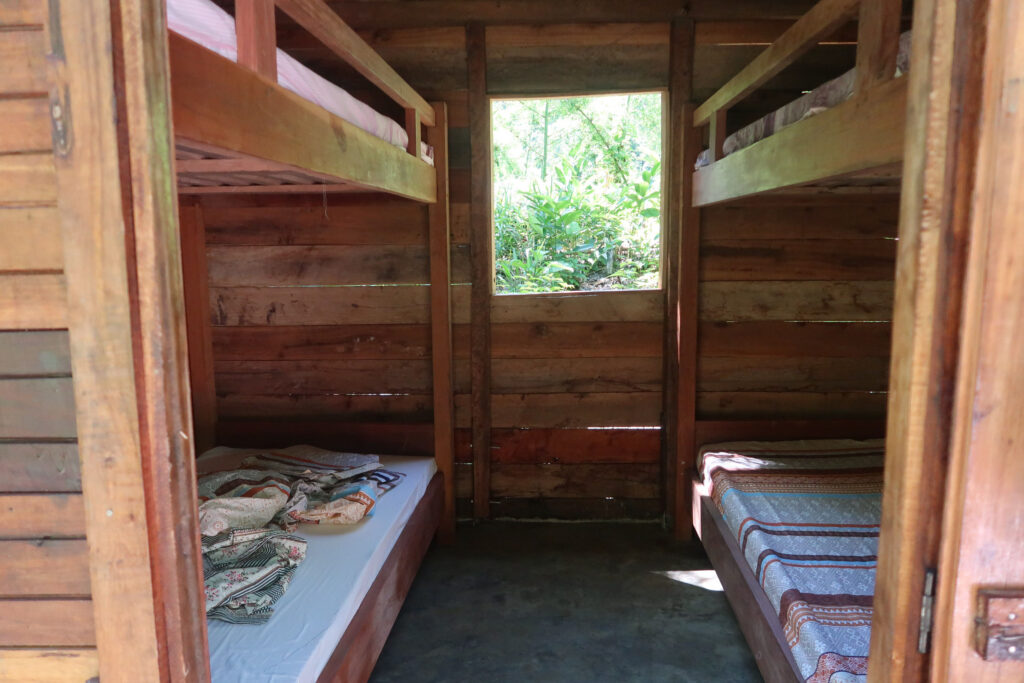
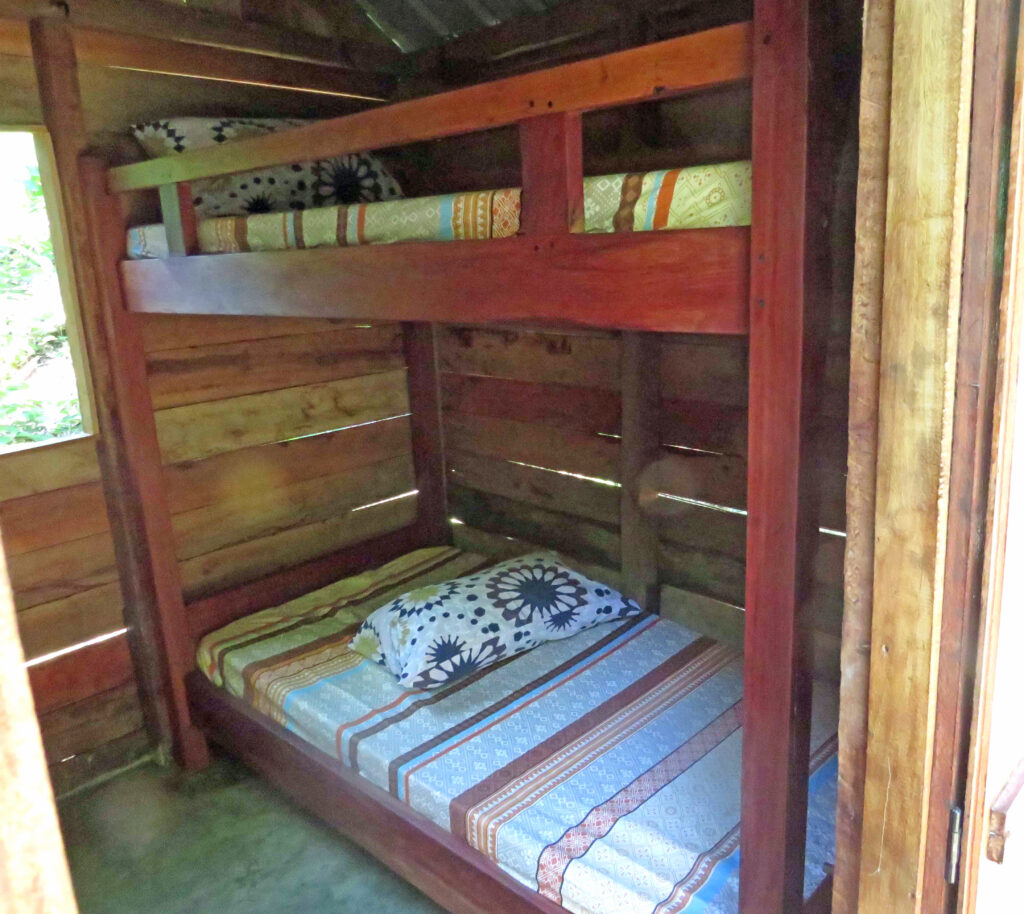
A campground is located nearby for those who prefer to pitch a tent. This is one of the best places in Madagascar to easily see the northern bamboo lemur, many birds (including the helmet vanga), leaf-tailed geckos (Uroplatus), leaf chameleons (Brookesia), and many frog species such as day active mantella frogs for which the camp was named after. Less than 1km away down a scenic trail is a waterfall (Cascade Humbert) named after a famous botanist (Henri Humbert) who wrote an entire book about Marojejy called “A Marvel of Nature”. Just 30 minutes before the camp is a large natural pool with a small waterfall where visitors often dip in to cool off.
Simpona Trek
The Simpona Trek is a continuation of the Mantella Trek, leading from Camp Mantella up to Camp Marojejia (about a two-hour uphill hike). Camp Marojejia is located at the transition between lowland and montane rainforest (elevation 775 m [2540 ft]), and is perched on a hillside with stupendous views overlooking sheer granite outcrops and lush vegetation. The camp consists of a sheltered eating area, four cabins furnished with beds, mattresses, and bedding as well as newly constructed toilet and shower buildings. Several campsites for tent camping are available.
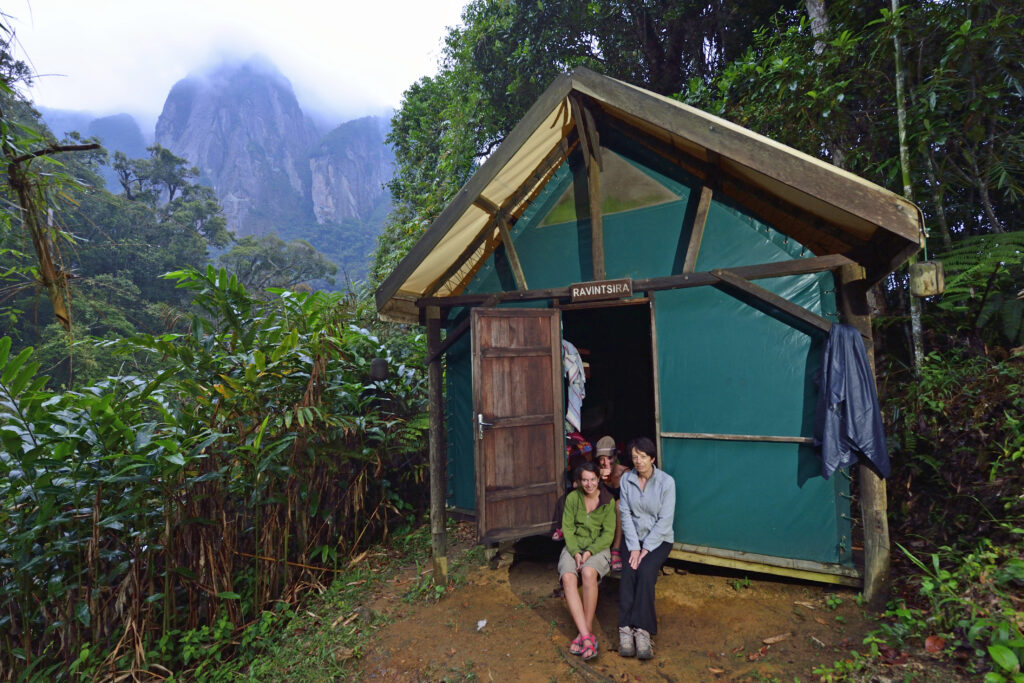

The name of this trek comes from the Malagasy name for the critically endangered silky sifaka, one of the largest, whitest and rarest lemurs. Camp Marojejia is one of the only locations in Madagascar where this elusive species can be seen in native habitat. Special “simpona trackers” are often hired in order to guarantee sightings. White-fronted brown lemurs sometimes pass through camp. Numerous bird species such as the Madagascar buzzard, paradise flycatcher, and blue coua are often seen as well as a wide variety of reptiles and amphibians.

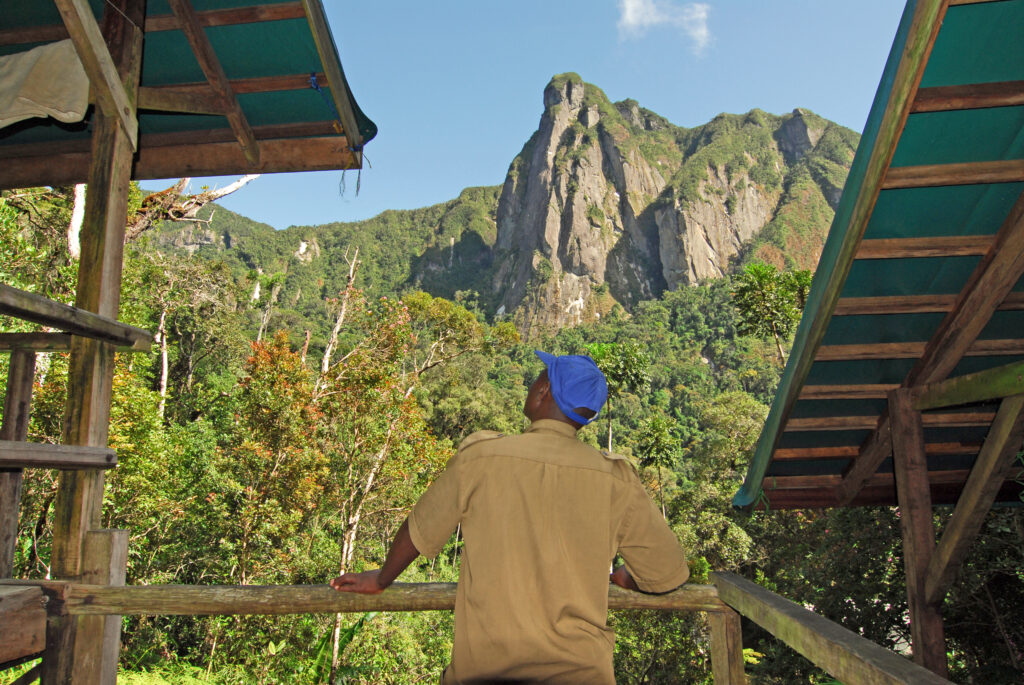
Marojejy Summit Trek
The Marojejy Summit Trek continues beyond Camp Marojejia to Camp Simpona (3-hour very steep uphill hike). Camp Simpona (elevation 1250 m [4100 ft]) is located in montane rainforest with a very low canopy. A viewing platform near camp offers some of the most magnificent mountainous landscape views in Madagascar. It can be very cold at night during the cold season (June/July) with temperatures as low as 45 degrees Fahrenheit (7 degrees Celsius). Camp Simpona consists of a small sheltered eating area and two cabins. A few campsites for tent camping are also present.
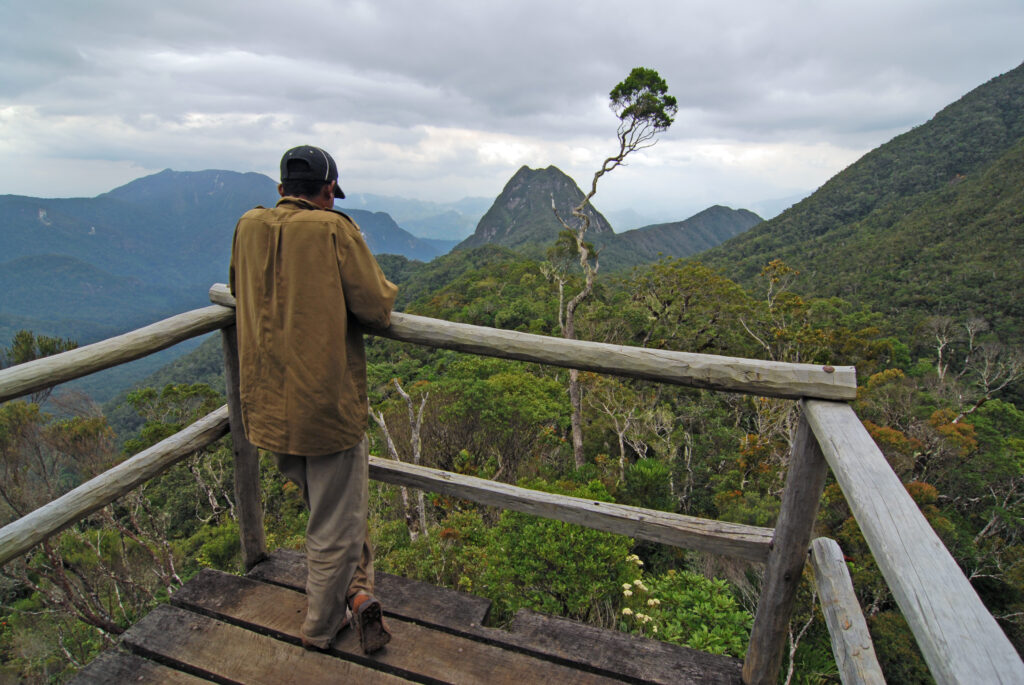

A group of silky sifakas is often found near the camp although the terrain can be steep. Yellow-bellied sunbird asity, rufous-headed ground-roller, and other birds can be seen here as well as frogs in a nearby stream. The actual summit (“three peaks of Marojejy”) is a 4 to 6 hour uphill walk from Camp Simpona. Perhaps 20% of visitors walk to the summit which is the most accessible mountain peak in Madagascar. During a typical summit trek, visitors spend first night at Camp Mantella, second night at Camp Marojejia, third night at Camp Simpona, and walk to the summit the next morning if the weather is good.

After a few hours “on top of the world”, most return back to Camp Simpona to rest or spend the night before descending back to the park entrance. Trekking to the summit of Marojejy is a real wilderness experience — one of the most beautiful and wild walks you will likely ever take. High in the moorlands above the cloud-forests, the views from the summit are truly spectacular. We recommend allotting at least 4–5 days for this rugged and difficult trek.

